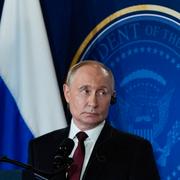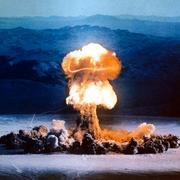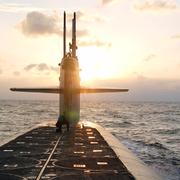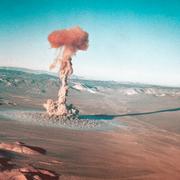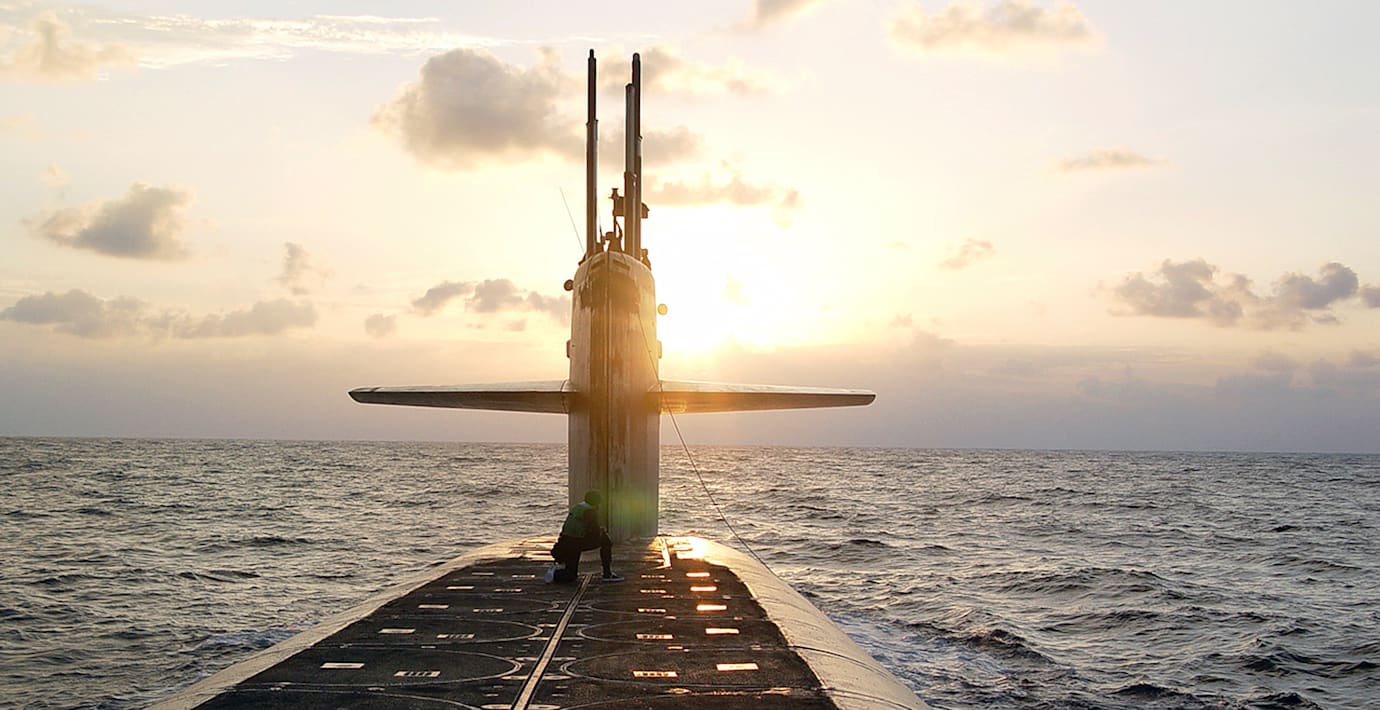
Trump beordrar Pentagon att återuppta kärnvapentester
USA:s president Donald Trump har beordrat Pentagon att omedelbart börja testa kärnvapen, rapporterar flera medier.
USA har inte genomfört några kärnvapentester på 33 år.
Enligt ett inlägg på Truth Social ska testerna införas på ”samma grund” som andra länder testar vapen. Exakt vad det innebär är oklart.
USA och Ryssland kontrollerar tillsammans 90 procent av jordens kärnvapen, med Kina på en klar men avlägsen tredje plats. Varken Kina eller Ryssland har dock testat några kärnvapen sedan 1996 respektive 1990.
bakgrund
USA:s kärnvapen
Wikipedia (en)
Under the Manhattan Project, the United States was the first country to manufacture nuclear weapons and is the only country to have used them in combat, with the bombings of Hiroshima and Nagasaki in World War II against Japan. In total it conducted 1,054 nuclear tests, and tested many long-range nuclear weapons delivery systems.
The United States currently deploys 1,770 warheads, mostly under Strategic Command, to its nuclear triad: Ohio-class submarines with Trident II submarine-launched ballistic missiles, silo-based Minuteman III intercontinental ballistic missiles, and B-2 Spirit and B-52 Stratofortress bombers armed with B61 and B83 bombs and AGM-86B cruise missiles. The U.S. maintains a limited anti-ballistic missile capability via the Ground-Based Interceptor and Aegis systems. The U.S. plans to modernize its triad with the Columbia-class submarine, Sentinel ICBM, and B-21 Raider, from 2029.
The U.S. currently stations nuclear weapons in the form of B61 bombs in six European NATO countries: Belgium, Germany, Italy, the Netherlands, Turkey, and United Kingdom; it extends a nuclear umbrella to South Korea, Japan, and Australia.
Throughout the Cold War, the U.S. and USSR competed in the nuclear arms race. From 1951, the U.S. became the first country to develop thermonuclear weapons. From 1954, the U.S. stationed nuclear weapons in at least 17 other countries, in NATO against the Warsaw Pact, and South Korea, Japan, Taiwan, and the Philippines against China. During the 1950s, Strategic Air Command operated hundreds of strategic bombers. By the 1960s, ICBMs were deployed in silos, such as the Atlas and Titan, and aboard submarines as Polaris. The 1962 Cuban Missile Crisis, regarded as an exceptionally close call with a nuclear exchange and World War III. The nuclear arsenal continued to grow, including to potential space-based systems with the 1980s Strategic Defense Initiative, but was curtailed as the Cold War ended, partly by treaties including as START I. Its successor, New START, will expire in 2026.
Between 1940 and 1996, the federal government spent at least US$11.7 trillion in present-day terms on nuclear weapons, delivery systems, command and control, maintenance, waste management and adminstration. The U.S. has produced more than 70,000 nuclear warheads, more than all other nuclear weapon states combined. Design takes place at Los Alamos, Livermore, and Sandia laboratories, while tests were conducted at Nevada Test Site and Pacific Proving Grounds. Until the 1963 Partial Nuclear Test Ban Treaty, the vast majority of tests were atmospheric. Subsequent underground testing limited nuclear fallout. A unilateral testing moratorium in 1992 was followed by signature on the 1996 Comprehensive Nuclear-Test-Ban Treaty. Science-Based Stockpile Stewardship shifted focus from continual weapon redesigns to limiting aging, via supercomputer simulation and physics experiments such as inertial confinement fusion.
Production and testing sites radioactively contaminated civilian communities: Marshall Islanders were compensated at least US$759 million for testing exposure, and U.S. citizens have been compensated over US$2.5 billion.
As of 2025, the U.S. and Russia possess a comparable number of warheads; together more than 90% of the world's stockpile. The United States holds 1,770 deployed, 1,930 in reserve, and 1,477 retired and awaiting dismantlement, in total 5,177. The projected costs for maintaining U.S. nuclear forces are $60 billion per year during the 2021–2030 period.
Omni är politiskt obundna och oberoende. Vi strävar efter att ge fler perspektiv på nyheterna. Har du frågor eller synpunkter kring vår rapportering? Kontakta redaktionen
